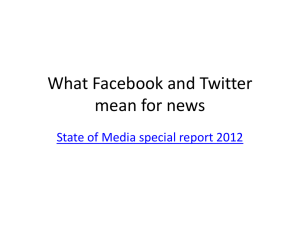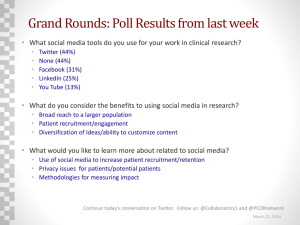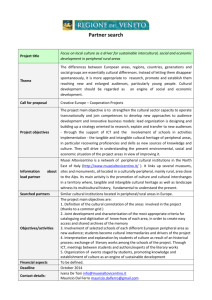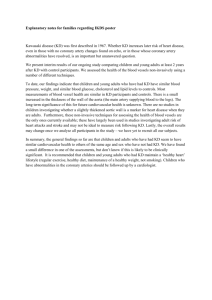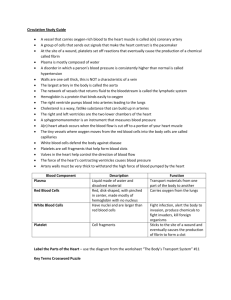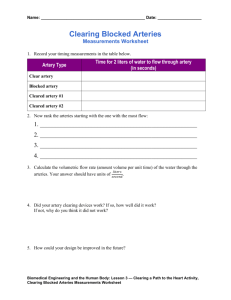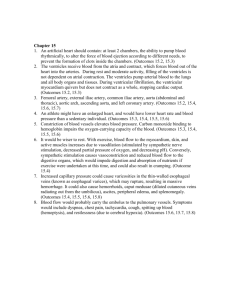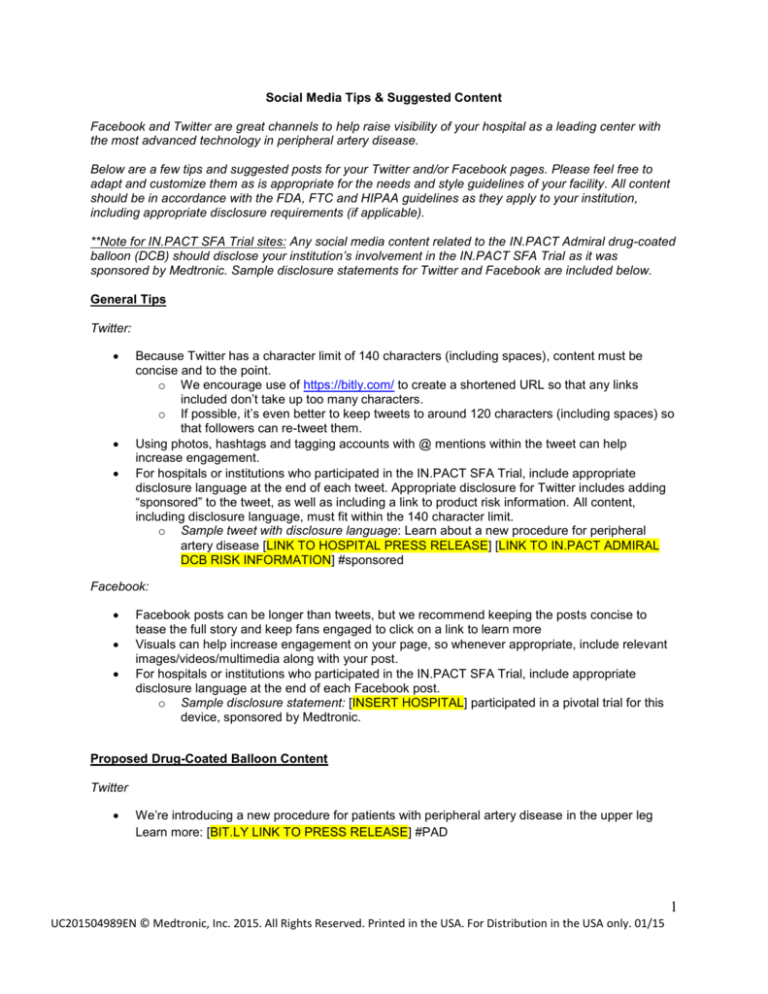
Social Media Tips & Suggested Content
Facebook and Twitter are great channels to help raise visibility of your hospital as a leading center with
the most advanced technology in peripheral artery disease.
Below are a few tips and suggested posts for your Twitter and/or Facebook pages. Please feel free to
adapt and customize them as is appropriate for the needs and style guidelines of your facility. All content
should be in accordance with the FDA, FTC and HIPAA guidelines as they apply to your institution,
including appropriate disclosure requirements (if applicable).
**Note for IN.PACT SFA Trial sites: Any social media content related to the IN.PACT Admiral drug-coated
balloon (DCB) should disclose your institution’s involvement in the IN.PACT SFA Trial as it was
sponsored by Medtronic. Sample disclosure statements for Twitter and Facebook are included below.
General Tips
Twitter:
Because Twitter has a character limit of 140 characters (including spaces), content must be
concise and to the point.
o We encourage use of https://bitly.com/ to create a shortened URL so that any links
included don’t take up too many characters.
o If possible, it’s even better to keep tweets to around 120 characters (including spaces) so
that followers can re-tweet them.
Using photos, hashtags and tagging accounts with @ mentions within the tweet can help
increase engagement.
For hospitals or institutions who participated in the IN.PACT SFA Trial, include appropriate
disclosure language at the end of each tweet. Appropriate disclosure for Twitter includes adding
“sponsored” to the tweet, as well as including a link to product risk information. All content,
including disclosure language, must fit within the 140 character limit.
o Sample tweet with disclosure language: Learn about a new procedure for peripheral
artery disease [LINK TO HOSPITAL PRESS RELEASE] [LINK TO IN.PACT ADMIRAL
DCB RISK INFORMATION] #sponsored
Facebook:
Facebook posts can be longer than tweets, but we recommend keeping the posts concise to
tease the full story and keep fans engaged to click on a link to learn more
Visuals can help increase engagement on your page, so whenever appropriate, include relevant
images/videos/multimedia along with your post.
For hospitals or institutions who participated in the IN.PACT SFA Trial, include appropriate
disclosure language at the end of each Facebook post.
o Sample disclosure statement: [INSERT HOSPITAL] participated in a pivotal trial for this
device, sponsored by Medtronic.
Proposed Drug-Coated Balloon Content
Twitter
We’re introducing a new procedure for patients with peripheral artery disease in the upper leg
Learn more: [BIT.LY LINK TO PRESS RELEASE] #PAD
1
UC201504989EN © Medtronic, Inc. 2015. All Rights Reserved. Printed in the USA. For Distribution in the USA only. 01/15
News: We’ve treated our first patient with the Medtronic drug-coated balloon at [HOSPITAL]:
Learn more: [BIT.LY LINK TO HOSPITAL WEBPAGE ABOUT DRUG-COATED BALLOONS]
#DCB
We are one of the first hospitals in [INSERT STATE] to offer a new procedure for peripheral
artery disease [BIT.LY LINK TO PRESS RELEASE] #PAD
Facebook
We are excited to now offer patients a new breakthrough therapy, Medtronic’s IN.PACT Admiral
drug-coated balloon. Learn more here: [BIT.LY LINK TO PRESS RELEASE]
We’re excited to share that we are one of the first hospitals in [INSERT STATE] to treat patients
using a new therapy for peripheral artery disease, which affects 8-12 million Americans. Learn
more about the drug coated balloon: [BIT.LY LINK TO PRESS RELEASE]
Did you know peripheral artery disease (PAD) affects 8-12 million Americans? Check out how we
are leading the way in vascular care with a new therapy for PAD in the upper leg. [BIT.LY LINK
TO PRESS RELEASE]
If not properly treated, peripheral artery disease (PAD) is associated with a high risk of heart
disease, and a 4-5X increased risk for heart attack or stroke. Learn more about a new
breakthrough therapy offered at [HOSPITAL]
Proposed Content for Use During Heart Month (February)
Twitter
February is #HeartMonth. Learn more about #PAD & the risks of heart attack & stroke [BIT.LY
LINK TO PRESS RELEASE]
We are using a new treatment for peripheral artery disease in the leg, a serious condition linked
to heart health # [BIT.LY LINK TO PRESS RELEASE] #HeartMonth
Peripheral artery disease increases risk of heart attack & #stroke 4-5X. Learn about a new
treatment for PAD. [BIT.LY LINK TO PRESS RELEASE] #HeartMonth
Facebook
February is National Heart Month! We’re helping to raise heart health awareness with a new
treatment for peripheral artery disease (PAD), a serious condition linked to heart disease, heart
attack and stroke. [BIT.LY LINK TO PRESS RELEASE]
Did you know peripheral artery disease (PAD) increases the risk of heart attack and stroke by 4-5
times? Find out if you’re at risk and learn more about a new therapy now available at [HOSPITAL]
to treat peripheral artery disease (PAD). [BIT.LY LINK TO WEBPAGE ABOUT DRUG COATED
BALLOONS]
2
UC201504989EN © Medtronic, Inc. 2015. All Rights Reserved. Printed in the USA. For Distribution in the USA only. 01/15
Quick fact: 63% of people with peripheral artery disease (PAD) also have heart disease. For
Heart Month, learn how we are leading the way in cardiovascular care with a new therapy for
PAD. [BIT.LY LINK TO PRESS RELEASE]
Heart health fact: People with heart disease have a 1 in 3 chance of having blocked leg arteries,
also known as peripheral artery disease (PAD). Learn how we are advancing vascular care with a
new treatment for PAD in the legs: [LINK TO WEBPAGE ABOUT DRUG COATED BALLOONS]
3
UC201504989EN © Medtronic, Inc. 2015. All Rights Reserved. Printed in the USA. For Distribution in the USA only. 01/15

